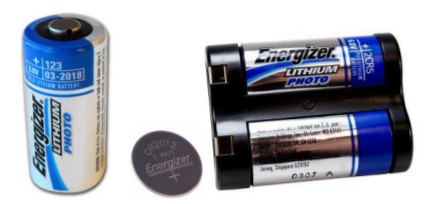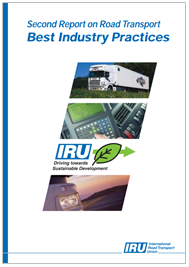
Transport of Lithium Metal and Lithium Ion Batteries
IATA Lithium Battery Guidance Document - 2020
This document is based on the provisions set out in the 2019-2020 Edition of the ICAO Technical Instructions for the Safe Transport of Dangerous Goods by Air (Technical Instructions) and the 61 st Edition of the IATA Dangerous Goods Regulations (DGR). The provisions of the DGR with respect to lithium batteries may also be found in the IATA lithium Battery Shipping Guidelines (LBSG) 7 th Edition. In addition to the content from the DGR, the LBSG also has additional classification flowcharts and detailed packing and documentation examples for lithium batteries
Definitions Lithium Battery – The term “lithium battery” refers to a family of batteries with different chemistries, comprising many types of cathodes and electrolytes.
For the purposes of the DGR they are separated into:
Lithium metal batteries. Are generally primary (non-rechargeable) batteries that have lithium metal or lithium compounds as an anode. Also included within lithium metal are lithium alloy batteries. Lithium metal batteries are generally used to power devices such as watches, calculators, cameras, temperature data loggers, car key fobs and defibrillators.
Note: Lithium metal batteries packed by themselves (not contained in or packed with equipment) (Packing Instruction 968) are forbidden for transport as cargo on passenger aircraft). In accordance with Special Provision A201, lithium metal cells or batteries that meet the quantity limits of Section II of PI 968 may be shipped on a passenger aircraft under an approval issued by the authority of the State of Origin, State of Destination and State of the Operator. All other lithium metal cells and batteries can only be shipped on a passenger aircraft under exemption issued by all States concerned, see Special Provision A201.

Figure 1 - Example of Lithium Metal Cells and Batteries
Lithium-ion batteries (sometimes abbreviated Li-ion batteries) are a secondary (rechargeable) battery where the lithium is only present in an ionic form in the electrolyte. Also included within the category of lithium-ion batteries are lithium polymer batteries. Lithium-ion batteries are generally used to power devices such as mobile telephones, laptop computers, tablets, power tools and ebikes.

Figure 2 - Example of Lithium Ion Cells and Batteries
Note: Lithium ion batteries packed by themselves (Packing Instruction 965) (not contained in or packed with equipment): (a) must be shipped at a state of charge (SoC) not exceeding 30% of their rated capacity. Cells and/or batteries at a SoC of greater than 30% may only be shipped with the approval of the State of Origin and the State of the Operator under the written conditions established by those authorities, see Special Provision A331; and
(b) may be shipped as cargo on a passenger aircraft under an approval issued by the authority of the State of Origin, State of Destination and State of the Operator where the lithium ion cells or batteries that meet the quantity limits of Section II of PI 965. All other lithium ion cells and batteries can only be shipped as cargo on a passenger aircraft under exemption issued by all States concerned, see Special Provision A201.
...
Add more in attachment
Collegati
Allegati
|
Descrizione |
Lingua |
Dimensioni |
Downloads |
 |
Abbonati Merci Pericolose
|
EN |
783 kB |
39 |





































